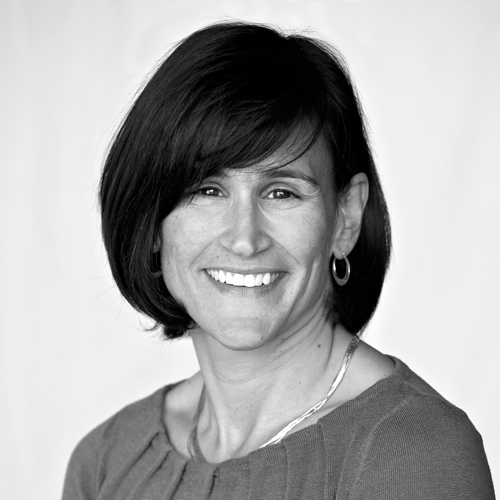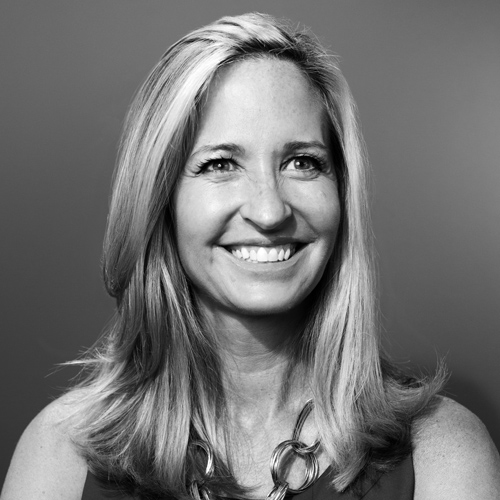The best-laid plans often run amok with intentions. That’s especially true for PK Kurland, who operates in two different environments where attention to the smallest detail doesn’t always accomplish the expected result. Take, for example, Kurland’s passion for art. While Kurland has nowhere near the time she would like to indulge in her favorite pastime, she does try to spend at least one week each year at a workshop at Anderson Ranch Arts Center, perfecting her watercolor and printmaking techniques. She enjoys that the creative process is challenging and sometimes difficult to control.
“My brain must be flexible while painting, while also maintaining the presence to let the water and pigment go where they will,” Kurland says. “Spectacular surprises can amaze you. Other times, it doesn’t look at all like you wanted it to.”
Now take into account her role in the digital device world, where she serves as vice president and assistant general counsel for Brightstar, a global wireless distribution and services company with annual revenues of roughly $10 billion. She oversees a global team of ten attorneys, each of whom manage Brightstar’s activities in various regions around the globe. Her primary focus is on contracts and compliances, and her and her team members rely on local Brightstar legal staff and retained outside counsel to ensure appropriate management of the company’s mobile phone distributions systems and service offerings in the jurisdictions in which Brightstar does business.
But it is in her current role where Kurland believes the two worlds of art and digital technology combine. Her artistic talents imbue her legal skills with creativity not often found in the “negotiate or litigate” legal world. In her previous role as lead counsel, international markets for Motorola Mobility, and to a lesser degree with Brightstar, she’s focused on the intricacies of the technology. She has engaged with product and development engineers—as well as others outside the legal sphere—to understand the specifics of how communications devices work, no matter how trivial these things might seem to a less curious corporate lawyer.
“All the elements must integrate to make the whole piece function. For instance, it’s important to consider things like battery heat level, how the display works, and how the device connects to the charger,” Kurland says.
While Kurland’s career started in the financial services sector, her attraction to technology led her to other arenas. Her initial exposure to technology solutions came in a former role as a lawyer for the Chicago Board of Trade. Back then, the Exchange was an open outcry market, where buyers and sellers shouted the details of their trades to each other across a crowded trading floor. Despite its apparent chaos, Kurland saw that it was extremely efficient. Regulators, however, viewed the system as potentially open to abuse and mandated what they viewed as a more reliable means of recording trading activity electronically and creating an audit trail.
With no off-the-shelf software or devices available (or even invented), the Chicago Exchanges decided to develop the project themselves. A request for proposal was issued, a bidders conference was held, finalists were selected, and the result was a rough precursor to today’s tablet. Traders carried the devices onto the trading floor, where they recorded each transaction, which was then transmitted electronically for matching and clearing. Kurland’s interest was piqued by how the technology solved that immediate problem, along with the related legal ramifications such as design and programming protections.
Perhaps, not coincidentally, the next role Kurland chose was with the wireless infrastructure division of Motorola as director of vendor transactions. There, she negotiated some of the multimillion-dollar contracts that established much of the cell phone infrastructure that the world relies on to this day. The career shift from the Exchange to the commercial contracting world revealed her capacity to transition her skills and talents between different industries without losing any of the quality or value they offered. “If I had not moved to Motorola, my career would have gone in a different direction,” Kurland recalls. “Motorola and cellular offered amazing opportunities to work side by side with bright and creative engineers. Motorola was a very exciting place to be, on the cutting edge of technology, global in scope, and challenging in multiple ways.”
Kurland stayed with the company on and off and in different capacities for twenty years. During that time, she learned that she was “game to try anything that interested me, whether it knocked on my door or I went out to look for it.” That latest knock came from Brightstar, which was attracted by Kurland’s international experience, as it needed a leader who could manage assets located in all global time zones. Since Kurland’s arrival, Brightstar has been through a series of changes, including a strategic move from a traditional distribution model to a focus on services offerings. That includes insurance and affordability solutions, as well as logistics and supply chain optimization.
Similar to her artistic process with watercolors, Kurland’s job is to let the commercial and sales teams—the paint—work their magic, then develop the logistical, technical, and legal systems to overlay the resulting services options. Still in its infancy, the company’s concentration on services presents Kurland new challenges across her skill base: evaluating needs and solutions in different jurisdictions, and identifying applications that satisfy partners and customers while also complying with local regulations.
But it’s not just about the process being similar to painting. Her current work also reflects the lessons she has learned as a watercolor artist. “I’m excited by a future that enables easier communication and the free flow of information,” Kurland says. “But the downside is that unfettered social media usage is interfering with people’s capacity to communicate fact-to-face.”
Her observation is both wistful and ironic, considering her first step into the tech world was to develop a device designed to stop people from interacting directly with each other. Sometimes, as she says, “it doesn’t look at all like you wanted it to.”

